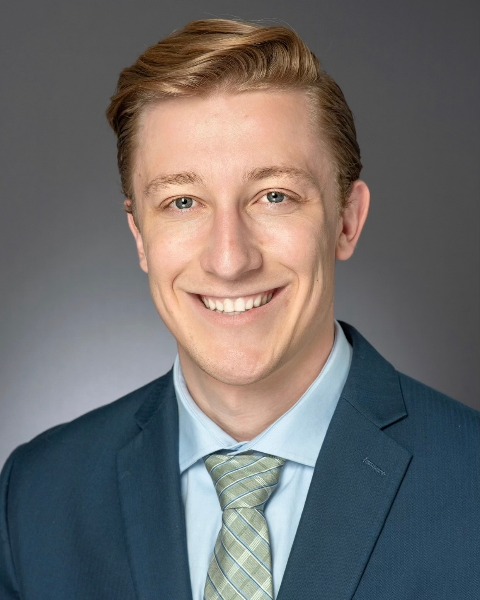SIR 2025
Interventional Oncology
Scientific Session
Revisiting the Standard of Care in Universal Y90 Mapping: Single-Center Experience

Jonas Kruse, MD
Resident Physician
UCLA, United States- FH
Frank Hao, MD
Assistant Clinical Professor
University of California- Los Angeles, United States - NE
Navid Eghbalieh, MD
Faculty, Vascular and Interventional Radiology
UCLA, United States - KH
Kichang Han, MD, PhD
Associate Professor
Severance Hospital, Yonsei University, College of Medicine, Republic of Korea - EL
Edward W. Lee, MD
Associate Professor
University of California, Los Angeles, United States
Presenting Author(s)
Author/Co-author(s)
Selective internal radiation therapy with Yttrium-90 (Y90) is a safe and effective treatment used broadly for various hepatic tumors {1}. Pre-treatment mapping is currently the standard of care for all patients and serves to delineate hepato-pulmonary radiation shunting, vascular anatomy and minimize non-target embolization. However, pre-treatment mapping also comes at increased cost/resources, extended timeline to treatment, and added risk to patients as an additional procedure {2}. Few studies suggest that not all tumor sizes/types yield clinically significant lung shunt fractions (LSF) {2,3}. As lung shunt evaluation is the key factor requiring an additional procedure, we sought to examine the likelihood of clinically significant lung shunting in pre-therapy mapping at a high-volume institution.
Materials and Methods:
A single-center, retrospective review of Y90 mapping procedures between August 2022 and August 2024 was completed, comparing the diameter of target hepatic lesions and subsequent LSF. Lesion size was divided into 3 categories prior to review: less than 3 cm, 3 to 5 cm, and greater than 5 cm. For multi-lesion treatments, the total sum of diameters was utilized. Patients were excluded if an accurate size was unable to be determined by chart review. Both treatment-naive and re-treatment lesions were included for analysis. Primary malignancy, hepatic function parameters, laboratory values, prior treatments, and comorbidities were recorded.
Results:
A total of 305 mapping procedures were evaluated, of which 290 met criteria for analysis. All 37 hepatocellular carcinoma (HCC) lesions < 3cm yielded a LSF < 20%, of which 10 were locoregional treatment naïve (27%). One HCC 3-5 cm (n=60, 1.67%) recorded a LSF > 20%. 3 HCC > 5 cm (n=81, 3.7%) recorded a LSF > 20%. No cholangiocarcinoma or metastatic lesions (n=112) of any size recorded a lung shunt fraction > 20%. No recorded comorbidities, prior locoregional therapy, MELD score, child-pugh score, BMI, ascites, presence of spontaneous portosystemic shunting on pre-procedure imaging, or laboratory values (including AFP, bilirubin, INR, and creatinine) were significantly associated with a LSF > 20% (p >0.05) compared to all hepatocellular primary patients.
Conclusion:
In conclusion, HCC lesions < 3 cm, as well as any non-HCC lesions may carry a low probability of having LSF greater than 20%. Future studies are warranted to validate these findings and to evaluate whether delaying treatment for mapping remains critical for all lesion profiles.


.jpg)